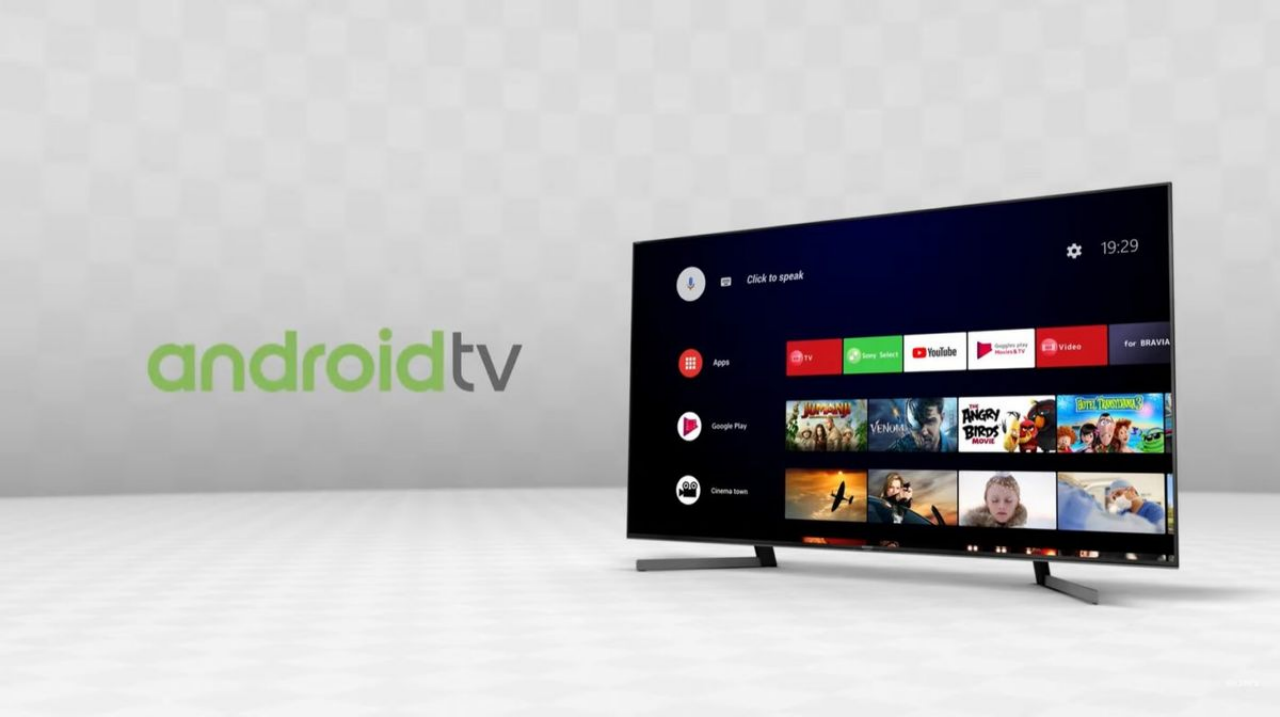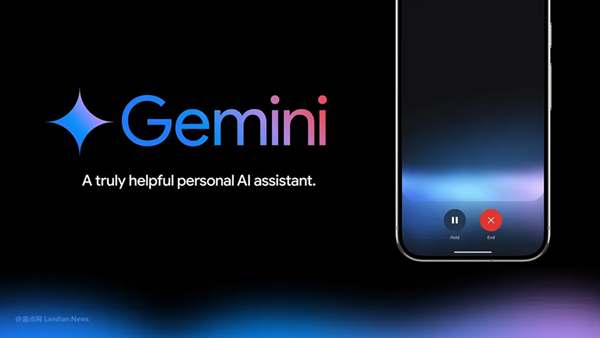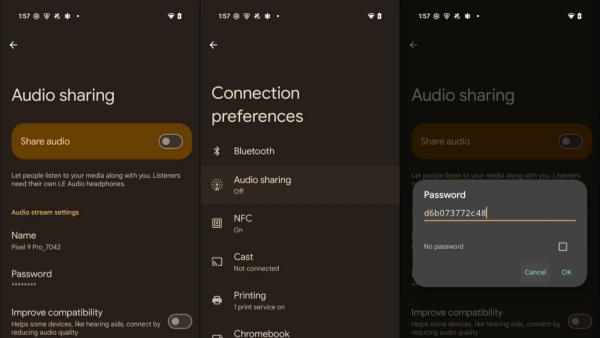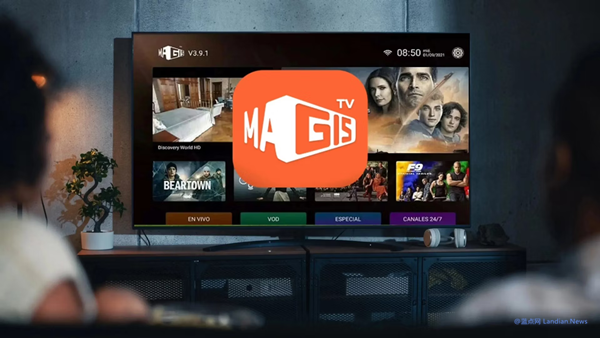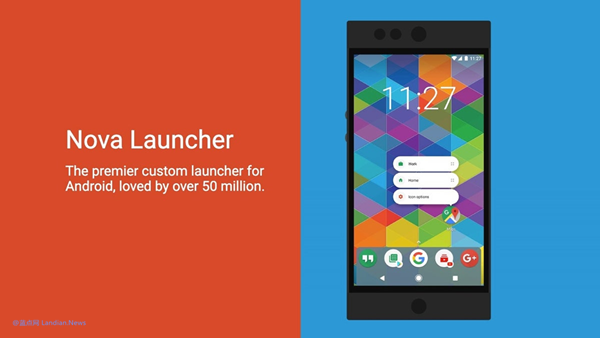Is It Even Possible to Cut More? Google Lowers Android TV's Memory Requirement from 1.5GB to 1GB
Google is currently reducing the memory requirement for Android TV from the previous minimum of 1.5GB to 1GB. This move allows manufacturers to further reduce costs and launch ultra-low-end Android TVs.
Google now has two different forms of television products, including Android TV, which was initially launched in 2014, and Google TV, launched in 2020. Both are coexisting at this stage.
However, Google is now contemplating transitioning from Android TV to Google TV. While Google won’t completely abandon Android TV in the short term, the latest adjustments suggest that Android TV will be targeted only at ultra-low-end devices in the future.
In a code change submitted to the Android Open Source Project (AOSP), Google engineers reduced the Android TV RAM requirement from 1.5GB to 1GB, stating that this optimization is to improve the user experience with minimal memory.
On TVs equipped with 1GB of memory, 1080p video output can be achieved, while 4K output is possible on devices with 1.5GB of memory. Manufacturers can continue to reduce overall manufacturing costs based on different product positioning. For example, after reducing the memory, there is no need to support 4K output, so a lower-cost screen can be used.
At the same time, the memory requirement for Google TV has been increased to 2GB, meaning devices must have at least 2GB of memory to run Google TV. Therefore, Google's approach seems to be mainly to promote Google TV in the mid-to-high-end market, while continuing to use Android TV in the ultra-low-end market to help manufacturers reduce costs and capture more market share.
However, the idea of reducing memory is quite surprising nowadays, especially since companies like Apple are increasing the memory in their devices. Reducing memory could potentially have a negative impact on device performance, and overall, this might not be a good idea.
